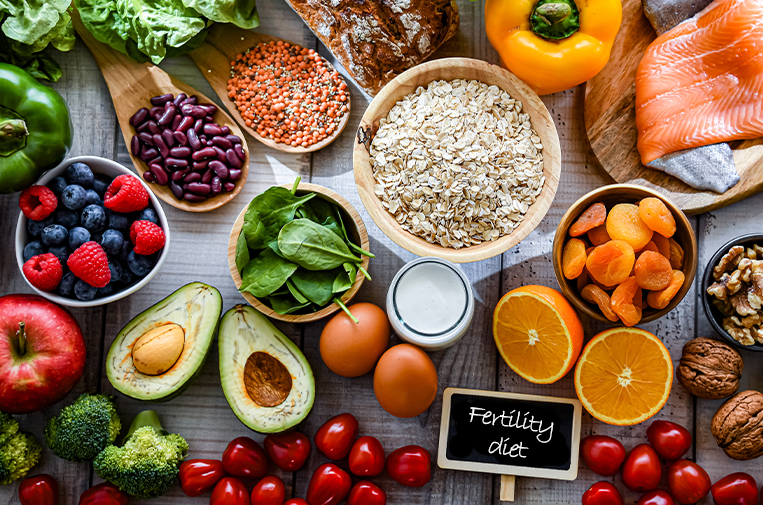Chaste tree, also known as chasteberry or Vitex, is the fruit of a small shrub-like tree native to the Mediterranean and Central Asia. It has been used for centuries for a number of female reproductive conditions including infertility.
Chaste tree is commonly used to aid in the symptoms of premenstrual syndrome (PMS) and breast tenderness (mastalgia). While there have been claims that chaste tree enhances fertility, there are only a small number of clinical studies looking at the benefit of chaste trees for fertility enhancement and prevention of miscarriage. The fertility-enhancing properties of chaste trees are thought to be due to the normalization of the reproductive hormones.
Let’s look at what we know
The dried, ripe chaste tree fruit is used to prepare tinctures, fluid extracts, or solid extracts that are put into capsules and tablets. The dose used widely varies on the preparation.
Chaste trees have been shown to have activity in the brain by inhibiting prolactin production and increasing melatonin secretion. The inhibition of prolactin is mediated through dopamine receptors. Chaste tree has also been shown to increase LH secretion and reduce FSH production.
There is currently limited scientific evidence demonstrating that chaste tree improves fertility. The most commonly cited study is from 1993, published in Germany (Milewicz et al). The authors reported normalization of progesterone levels following at least 3 months of treatment. Two other German studies using chaste trees from 1998 and 2000 failed to show a significant improvement in pregnancy rates. We do know that elevated prolactin levels have been associated with ovulation disorders, PCOS, and luteal phase defects – all potential causes of reduced fertility. By normalizing ovulation, there may be a reduced risk of miscarriage.
Side effects and cautions
Chaste trees may cause gastrointestinal upset, itching, rashes, headache, and dizziness.
As chaste trees may alter certain hormone levels, women who are taking hormone preparation (such as birth control pills or estrogen) or have a hormone-sensitive condition (such as breast cancer) should avoid it.
Chaste tree is not advised for patients undergoing fertility treatment with ovulation medications or while doing IVF.
In women who are pregnant or breastfeeding, the safety of chaste trees remains unproven at this time.
Chaste tree should not be used in patients using other preparations that alter dopamine production or action. Be sure to discuss this issue with your healthcare provider.
My view:
- In the absence of an elevated prolactin level, a chaste tree is unlikely to help enhance or restore fertility.
- By reducing elevated prolactin levels, chaste trees may allow normal ovulation and corpus luteum function. This would enhance progesterone production.
- Chaste tree does not work quickly. It may require 3-6 months of treatment before fertility enhancement is seen.
- Chaste tree is typically safe and well tolerated. Check with your healthcare provider before starting a chaste tree.
- As the safety of chaste trees during pregnancy is uncertain, it is advised to stop chaste trees once pregnant.






